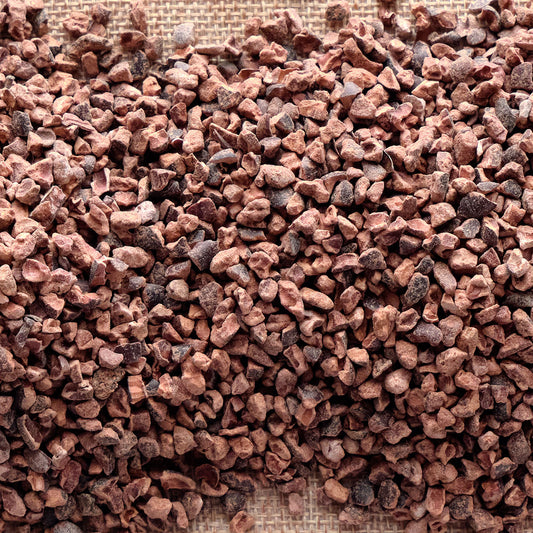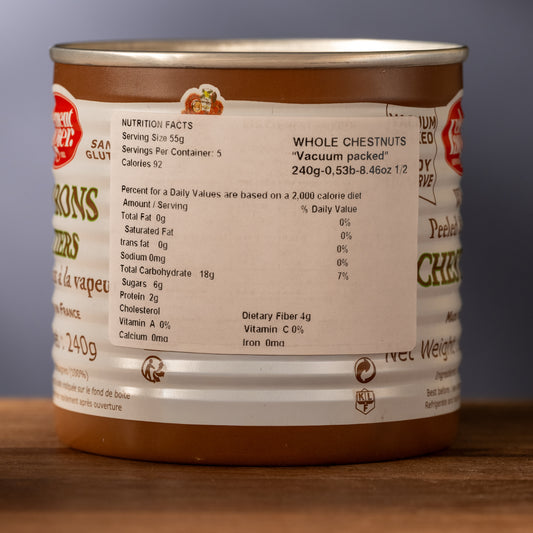Baking Nuts
about Baking Nuts: click here to read more
Nuts in the history of baking.
From the earliest breads of ancient Egypt and Greece to the refined pastries of modern patisseries, nuts have played a central role in baking for thousands of years. Almonds, pistachios, and walnuts appeared in ancient honey cakes and temple offerings, valued for their richness and keeping qualities.
During the Middle Ages, ground nuts—especially almonds—were essential in European kitchens, used to thicken sauces, enrich pastries, and create almond milk during fasting periods. As trade routes expanded, pistachios and other exotic nuts reached European bakers, inspiring luxurious sweets like marzipan and frangipane.
By the 18th and 19th centuries, nuts had become hallmarks of refinement in both home and professional baking. Almonds defined French and Italian pastries, while pecans and black walnuts became staples in American cakes and pies.
Today, nuts remain prized for their flavor, texture, and versatility—used whole, roasted, or ground into flours and butters. From almond croissants to pecan pie, their enduring presence in baking reflects both tradition and innovation, linking ancient craftsmanship with contemporary creativity.
-
Marcona Almonds - Spain
Regular price $28.95 USDRegular priceUnit price / per$0.00 USDSale price $28.95 USD -
California Red Walnuts
Regular price $26.95 USDRegular priceUnit price / per$0.00 USDSale price $26.95 USD -
White Sesame Seeds
Regular price $9.95 USDRegular priceUnit price / per$0.00 USDSale price $9.95 USD -
Dried Unsweetened Coconut - Wide Cut
Regular price $8.95 USDRegular priceUnit price / per$0.00 USDSale price $8.95 USD -
Dried Coconut (Unsweetened) - Macaroon Cut
Regular price $8.95 USDRegular priceUnit price / per$0.00 USDSale price $8.95 USD -
Skin-On Marcona Almonds - 5 pound bucket
Regular price $99.95 USDRegular priceUnit price / per$0.00 USDSale price $99.95 USD -
Cocoa Nibs
Regular price $19.95 USDRegular priceUnit price / per$0.00 USDSale price $19.95 USD -
Clement Faugier Whole Peeled & Cooked Chestnuts
Regular price $16.95 USDRegular priceUnit price / per$0.00 USDSale price $16.95 USD -
Bronte Dolci Pure Pistachio Paste - 1 kilo
Regular price $118.00 USDRegular priceUnit price / per$0.00 USDSale price $118.00 USD -

 Restocking - choose Notify me
Restocking - choose Notify meAlmond Paste
Regular price $16.95 USDRegular priceUnit price / per$0.00 USDSale price $16.95 USDRestocking - choose Notify me


















